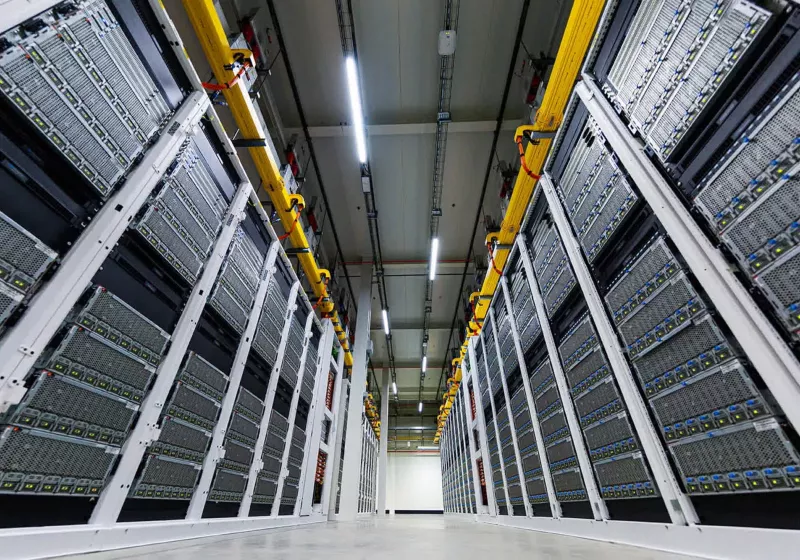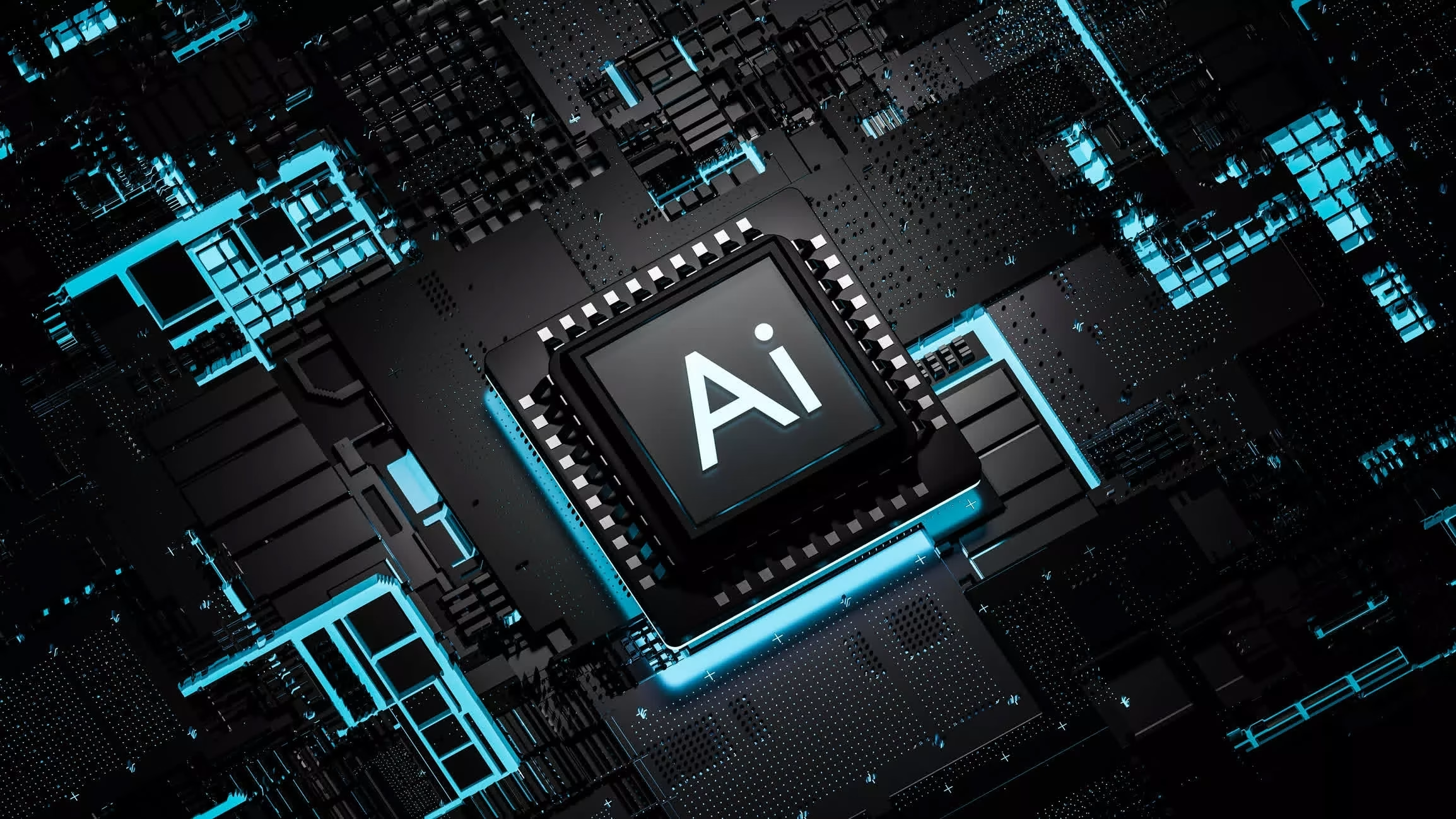Microsoft Charts Independent Course for AI Data Centers, Moving Beyond Nvidia Reliance
For years, Microsoft's Azure cloud services have been a major consumer of Nvidia's powerful GPUs, the workhorses behind many of the world's most advanced AI models. However, as the AI revolution accelerates, so does the strain on supply chains and the cost of these specialized chips. Scott's statements indicate a proactive strategy to build a more self-sufficient ecosystem, ensuring Microsoft can meet the insatiable demand for AI compute power without being solely beholden to external suppliers.
The Drive for In-House Silicon: Why Now?
The impetus behind Microsoft's pivot is multifaceted. Firstly, the sheer scale of AI development and deployment necessitates a more tailored approach to hardware. Nvidia's chips, while incredibly powerful, are designed for a broad range of applications. Microsoft, on the other hand, can optimize its own silicon for specific workloads within its Azure environment, potentially leading to significant gains in efficiency and performance. This includes everything from training massive language models for its own services and partners like OpenAI, to running inference for AI-powered features across its product suite.
Secondly, cost control is a major factor. As AI infrastructure investments skyrocket – Microsoft, for instance, is reportedly planning an $80 billion spend on AI-enabled data centers for fiscal year 2025 alone – reducing reliance on high-priced, in-demand components becomes a strategic imperative. Developing in-house chips, while a substantial upfront investment, promises long-term cost savings and greater predictability in supply.
"We would like to mainly use our own chips in our data centers in the future," Scott stated, underscoring the company's commitment to this long-term strategy. This isn't just about saving money; it's about future-proofing their AI capabilities.
From Maia to Beyond: Microsoft's Growing Chip Portfolio
Microsoft isn't new to the custom silicon game. The company has been quietly developing its own AI accelerators, such as the Maia series, which have already seen limited deployment. These chips are specifically engineered for Azure's AI infrastructure, aiming for enhanced energy efficiency and seamless integration with Microsoft's software stack. This existing foundation provides a crucial stepping stone for the broader ambition of reducing third-party dependence.
The move also aligns with broader industry trends. Competitors like Google with its Tensor Processing Units (TPUs) and Amazon Web Services with its Inferent chips have already demonstrated the benefits of custom silicon. Microsoft's strategy, therefore, is not entirely unprecedented, but its scale and ambition are certainly noteworthy. The company's vision extends beyond just AI accelerators, potentially encompassing custom CPUs and other essential components for its data centers.
Implications for the AI Hardware Landscape
This strategic shift by Microsoft has significant implications for the entire AI hardware ecosystem. Nvidia, currently enjoying a near-monopoly in high-end AI GPUs, will undoubtedly feel the pressure. While partnerships are likely to continue, especially for specialized or cutting-edge workloads, a major customer like Microsoft significantly diversifying its chip procurement represents a substantial change.

The move could also spur further innovation and competition. As more tech giants invest in their own silicon, the market for AI hardware could become more fragmented and specialized. This might lead to more tailored solutions for different AI tasks, potentially driving down costs and increasing accessibility for a wider range of businesses. However, it also raises questions about the long-term viability of smaller chip designers and the potential for increased complexity in managing diverse hardware stacks.
What's Next? A Hybrid Future and the Road Ahead
It's important to note that this transition won't happen overnight. Microsoft will likely continue to rely on Nvidia and other partners for a considerable period, especially as its own custom silicon solutions mature and scale. The immediate future will likely see a hybrid approach, where Microsoft leverages a mix of its own chips and those from third parties to meet demand.
The ultimate goal, however, is clear: greater autonomy and optimization in powering the AI revolution. Microsoft's bold plan to move beyond Nvidia signals a maturing AI market where hardware specialization and vertical integration are becoming key differentiators. The coming years will be fascinating to watch as this strategic pivot unfolds, potentially reshaping the landscape of AI compute.
